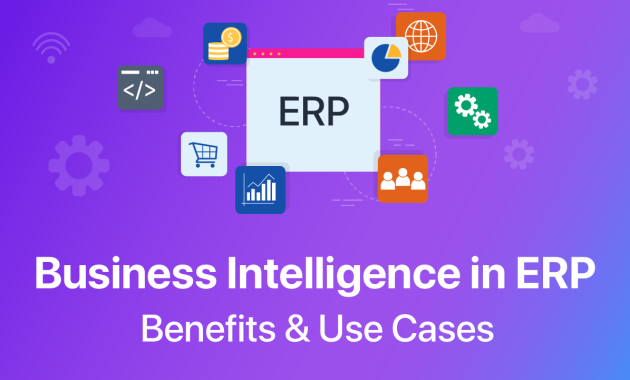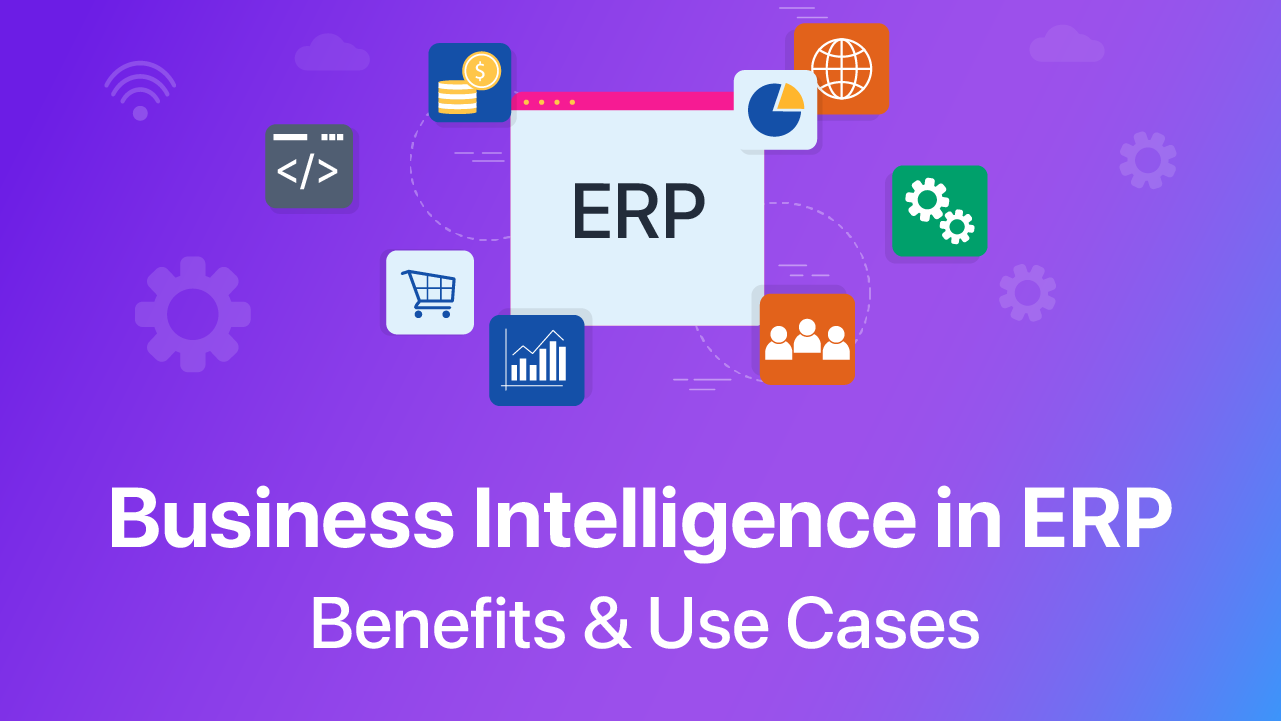
Unveiling the Power: Real-World Use Cases for Business Intelligence Software
In today’s data-driven landscape, businesses are inundated with information. The ability to sift through this deluge, extract meaningful insights, and make informed decisions is no longer a luxury; it’s a necessity. This is where Business Intelligence (BI) software steps in. BI tools transform raw data into actionable intelligence, empowering organizations to optimize operations, enhance customer experiences, and gain a competitive edge. This article delves into the compelling use cases for Business Intelligence software in real-world applications, demonstrating its transformative potential across various industries. The focus will be on how businesses leverage Business Intelligence software to solve complex problems and drive strategic growth.
Understanding the Core Functionality of Business Intelligence Software
At its core, Business Intelligence software encompasses a suite of tools and technologies designed to collect, analyze, and present business data. This includes data warehousing, data mining, online analytical processing (OLAP), and reporting. The primary goal is to provide a comprehensive view of an organization’s performance, enabling data-driven decision-making. By aggregating data from various sources, BI software identifies trends, patterns, and anomalies that might otherwise go unnoticed. This allows businesses to move beyond gut feelings and make choices based on concrete evidence.
Improving Sales and Marketing Strategies
One of the most prominent use cases for Business Intelligence software lies in enhancing sales and marketing strategies. BI tools provide valuable insights into customer behavior, market trends, and campaign performance. Sales teams can use BI to identify high-potential leads, personalize their outreach, and forecast future sales. Marketing departments can analyze campaign results, optimize their spending, and tailor their messaging to specific target audiences. For example, a retail company can use BI to analyze sales data and identify which products are most popular in certain geographic locations, allowing them to optimize their inventory and marketing efforts accordingly.
Customer Segmentation and Personalization
BI software facilitates detailed customer segmentation. Businesses can group customers based on demographics, purchase history, and online behavior. This allows for highly personalized marketing campaigns. Targeted email campaigns, tailored product recommendations, and customized website experiences are all made possible through the insights derived from BI tools. This level of personalization leads to higher engagement, increased conversion rates, and improved customer loyalty.
Sales Performance Analysis and Forecasting
BI tools provide real-time visibility into sales performance. Sales managers can track individual sales rep performance, identify top-performing products, and monitor sales trends. This data is crucial for optimizing sales strategies, setting realistic targets, and forecasting future revenue. By analyzing historical sales data, businesses can identify seasonal trends, predict fluctuations in demand, and proactively adjust their sales strategies.
Optimizing Operations and Supply Chain Management
Beyond sales and marketing, Business Intelligence software offers significant benefits in optimizing operations and supply chain management. By analyzing data from various operational sources, businesses can identify inefficiencies, streamline processes, and reduce costs. BI tools help organizations to monitor inventory levels, track production output, and optimize logistics. This leads to improved efficiency, reduced waste, and enhanced profitability.
Inventory Management and Demand Forecasting
Effective inventory management is critical for minimizing storage costs and avoiding stockouts. BI software allows businesses to analyze sales data, historical trends, and market forecasts to accurately predict demand. This information informs inventory planning, ensuring that the right products are available at the right time. By optimizing inventory levels, businesses can reduce storage costs, prevent waste, and improve customer satisfaction.
Supply Chain Optimization
BI software can be used to optimize the entire supply chain. By analyzing data from suppliers, manufacturers, and distributors, businesses can identify bottlenecks, improve efficiency, and reduce lead times. This includes tracking the performance of suppliers, monitoring transportation costs, and optimizing delivery routes. This leads to a more agile and responsive supply chain, enabling businesses to adapt quickly to changing market conditions.
Enhancing Financial Performance
Business Intelligence software plays a crucial role in enhancing financial performance. BI tools provide a comprehensive view of financial data, allowing businesses to monitor key performance indicators (KPIs), identify cost-saving opportunities, and improve financial planning. This includes analyzing revenue, expenses, and profitability to make informed decisions about investments, pricing, and budgeting.
Financial Reporting and Analysis
BI software automates the generation of financial reports, saving time and reducing the risk of errors. It provides real-time access to financial data, enabling businesses to monitor key metrics such as revenue, expenses, and profit margins. This allows for timely decision-making and proactive management of financial performance. The software also provides the ability to analyze financial data in various ways, such as trend analysis, variance analysis, and ratio analysis.
Cost Optimization and Profitability Analysis
BI tools help businesses identify areas where costs can be reduced. By analyzing expenses, businesses can identify inefficiencies, negotiate better deals with suppliers, and optimize resource allocation. BI software also enables profitability analysis, allowing businesses to identify which products or services are most profitable and which are underperforming. This information is critical for making informed decisions about pricing, product development, and resource allocation.
Improving Customer Service and Support
Business Intelligence software can be leveraged to improve customer service and support operations. By analyzing customer data, businesses can identify common issues, improve response times, and personalize customer interactions. This leads to increased customer satisfaction, improved loyalty, and positive brand perception. BI tools enable businesses to understand customer needs and preferences, allowing them to deliver more effective customer service.
Customer Relationship Management (CRM) Integration
Integrating BI software with CRM systems provides a 360-degree view of the customer. This allows businesses to track customer interactions, understand customer preferences, and personalize their service. By analyzing customer data, businesses can identify opportunities to improve customer satisfaction, resolve issues quickly, and offer tailored support.
Analyzing Customer Feedback and Sentiment
BI tools can analyze customer feedback from various sources, such as surveys, social media, and customer service interactions. This allows businesses to understand customer sentiment, identify areas for improvement, and proactively address customer concerns. By analyzing customer feedback, businesses can improve their products and services, enhance customer satisfaction, and build stronger customer relationships.
Real-World Examples of Business Intelligence Software in Action
The application of Business Intelligence software spans across various industries. Here are a few examples:
- Retail: A retail chain uses BI to analyze sales data, identify popular products, and optimize inventory levels.
- Healthcare: Hospitals use BI to analyze patient data, improve operational efficiency, and enhance patient care.
- Manufacturing: Manufacturers use BI to monitor production output, identify bottlenecks, and optimize supply chain management.
- Finance: Financial institutions use BI to analyze customer data, detect fraud, and improve risk management.
- Hospitality: Hotels use BI to analyze guest data, personalize services, and optimize pricing.
Choosing the Right Business Intelligence Software
Selecting the right Business Intelligence software is crucial for achieving desired outcomes. Consider the following factors when making a decision:
- Your Business Needs: Identify your specific data analysis requirements and goals.
- Data Sources: Ensure the software integrates with your existing data sources.
- User-Friendliness: Choose a user-friendly interface that is easy to learn and use.
- Scalability: Select software that can scale to accommodate your growing data volume.
- Reporting and Visualization Capabilities: Look for robust reporting and visualization features.
The Future of Business Intelligence
The future of Business Intelligence software is bright. With advancements in artificial intelligence (AI) and machine learning (ML), BI tools are becoming even more powerful and insightful. The integration of AI and ML enables automated data analysis, predictive analytics, and personalized insights. Businesses that embrace these advancements will be well-positioned to gain a competitive edge and thrive in the data-driven world. The evolution of Business Intelligence software continues to reshape how businesses operate. It provides the tools needed to make informed decisions.
Business Intelligence software is more than just a technology; it’s a strategic asset. By leveraging the power of data, businesses can optimize operations, enhance customer experiences, and drive sustainable growth. As the volume of data continues to explode, the importance of BI software will only increase. Businesses that embrace BI will be well-equipped to navigate the complexities of the modern business landscape and achieve their goals.
[See also: Related Article Titles]

